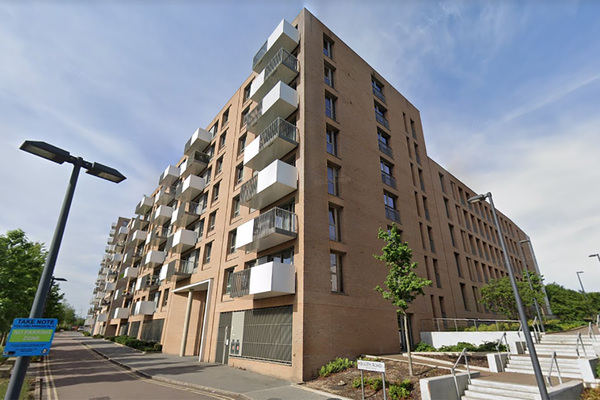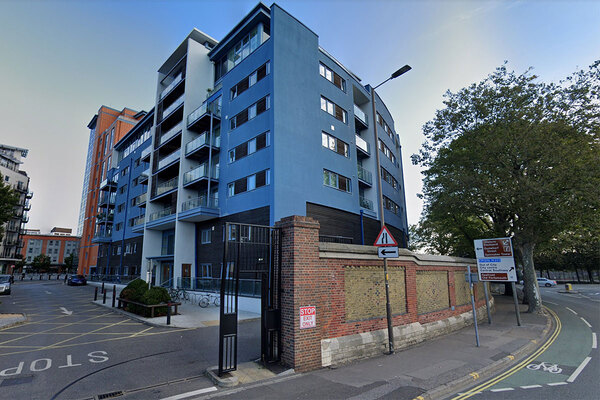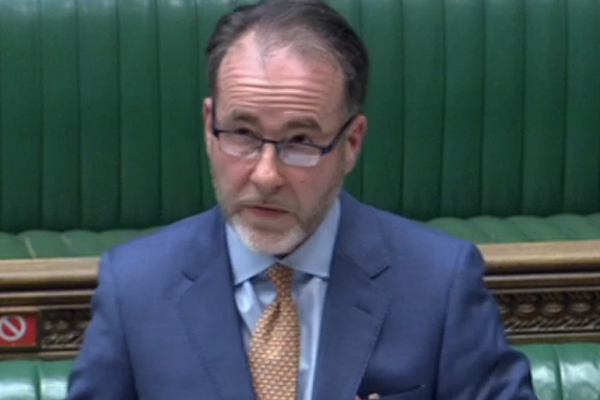You are viewing 1 of your 1 free articles
Cladding loans scheme unlikely to be fully implemented for at least a year
Leaseholders of medium-rise blocks with dangerous cladding could face a wait of more than a year for promised loans to help them pay for the remediation work, as the legislative framework for the financing scheme works its way through parliament.
Inside Housing understands that the complex loans scheme requires a legislative framework for it is introduction, which is set to be included in the forthcoming Building Safety Bill.
But this bill has only been introduced to parliament in draft form and will not become law for at least year, and potentially much longer.
A campaign group for impacted leaseholders said thousands of residents already face bankruptcy and “can’t wait years in the hope of help” while a leaseholder in a building below 18m called the news “devastating”.
The Ministry of Housing, Communities and Local Government said the claims were “misleading” but did not deny that the scheme requires the implementation of the Building Safety Bill to be introduced.
It is understood that leasehold campaigners requested details of when the loans would be available in a meeting with building safety minister Lord Stephen Greenhalgh and the official responsible for developing the programme last week.
They are understood to have been told the process may take years to introduce - to the dismay of leaseholders who face an imminent threat of crippling bills being imposed.
It is understood the government may open applications for the loans scheme more quickly, or run a pilot or voluntary scheme to test its operation, but the complex new financing system will require legislative backing to operate in full.
Some residents of blocks below 18m are understood to have already received requests for upfront payment for full remediation, with freeholders instructing solicitors to carry out debt recovery.
This could result in a tide of bankruptcies and evictions if replicate more widely before a government support scheme is operational. It is understood this was explained to Lord Greenhalgh at the meeting.
The loan scheme, first announced by communities secretary Robert Jenrick in February, will see the government offer long-term, low-interest loans for buildings between 11 metres and 18 metres tall, to cover the cost of removing combustible cladding.
The cost of repaying these loans will then be passed on to leaseholders via their service charges, in a mechanism dubbed a ‘cladding tax’ by campaigners. The government has promised that repayments will not exceed £50 per month.
But the details are understood to remain in development, with questions such as the impact of financial regulation rules and ultimate responsibility for the loan still unresolved.
The government had originally said that further details would be released at the Budget in March, but nothing was announced.
There are believed to be tens of thousands of medium-rise buildings that will require cladding removed, but they are currently excluded from government grants, which only cover buildings taller than 18 metres.
Government guidance sets no restriction on the use of combustible materials below this threshold, meaning many have been built with dangerous systems.
This gap in regulation has still not been closed, with three-quarters of new builds continuing to use combustible cladding systems.
Helen Rowe, a leaseholder from Runcorn, told Inside Housing that three buildings in the development she lives in are taller than 18 metres, meaning they qualify for remediation funding, but three others, including the one she lives in, have been excluded for falling below the height threshold.
She does not yet know how much removing the combustible high-pressure laminate cladding will cost, but is currently paying a share of an insurance premium that has soared from £33,000 to £540,000. She is unable to move house until remediation work is completed.
“This delay is devastating,” she said. “We have two children in a small two-bedroom flat, they go to school miles away, our plan was never to stay here for so long.
“From a financial point of view, I can’t afford to keep paying the insurance costs for a year and we don’t know when we are going to be asked to pay a huge bill for the cladding removal.”
Emma Byrne, a spokesperson for the End Our Cladding Scandal campaign, added: “Ministers have repeatedly tried to buy good headlines and MPs’ votes with vague announcements of funding measures that they claim will help innocent and increasingly desperate leaseholders caught up in the building safety crisis.
“Meanwhile thousands of leaseholders are already facing bankruptcy and financial hardship from interim costs and insurance, right now. They can’t wait years in the hope of help – some only have months left. We need action from government to finally match its promises.”
An MHCLG spokesperson said: “These claims are misleading - we’re working as quickly as possible to launch the scheme and will publish more details on how it will work in due course.”
Sign up for our fire safety newsletter
Already have an account? Click here to manage your newsletters














